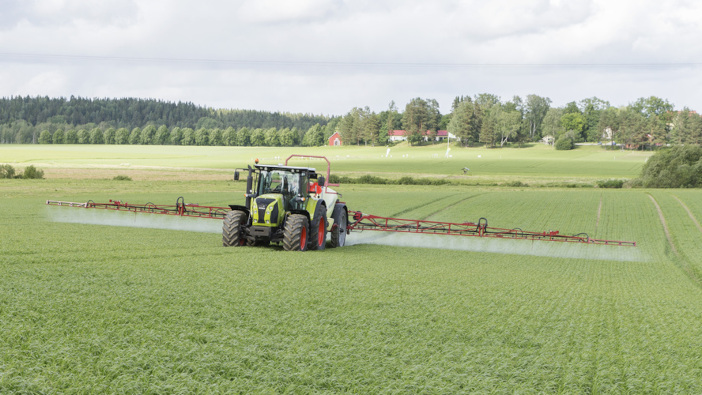Biomass is vital for high grain yields in cereal crops but when waterlogged conditions occur, nutrient deficiencies can result due to damage to the root system. This can limit early spring growth and development, and reduce the number of tillers produced.
According to Natalie Wood, agronomy operations manager at Yara, it is possible to foster a population of main shoots and tillers, which can then benefit biomass.
“The tillering phase commences after leaf 3 is fully expanded,” said Ms Wood. “This generally finishes when the ‘double-ridge’ stage of development is reached, usually by mid-March. Appropriate use of inputs can manipulate the final number of tillers – especially crop nutrition.”
This is particularly important when roots have been impacted by wet conditions. Damaged or smaller roots struggle to absorb the nutrients in the soil. Phosphate, which is vital to root growth, is unavailable at soil temperatures below 8°C.

“As little to no P is available in the soil during early spring, fresh applications become even more important,” said Ms Wood. “Solid P applications are somewhat inefficient. Foliar P applications should be considered as an early option.”
A foliar application of phosphate delivers an ‘energy boost’ to the crop. This grants the immediate benefit of stimulating root and shoot growth by way of recovery and repair, but also builds long-term resilience, making it more likely that the crop can overcome potential future stress points.
“If you do choose to apply foliar P then do so as soon as you can travel,” she added. “However, make sure you’re ready to come back quickly – ideally with an application of NPKS. This will help ensure the crop maintains its momentum and doesn’t run out of steam just after it gets going.
“If your crops are likely to have suffered from waterlogged conditions, using the right foliar product can help kick-start cereal growth at this crucial early phase.”


